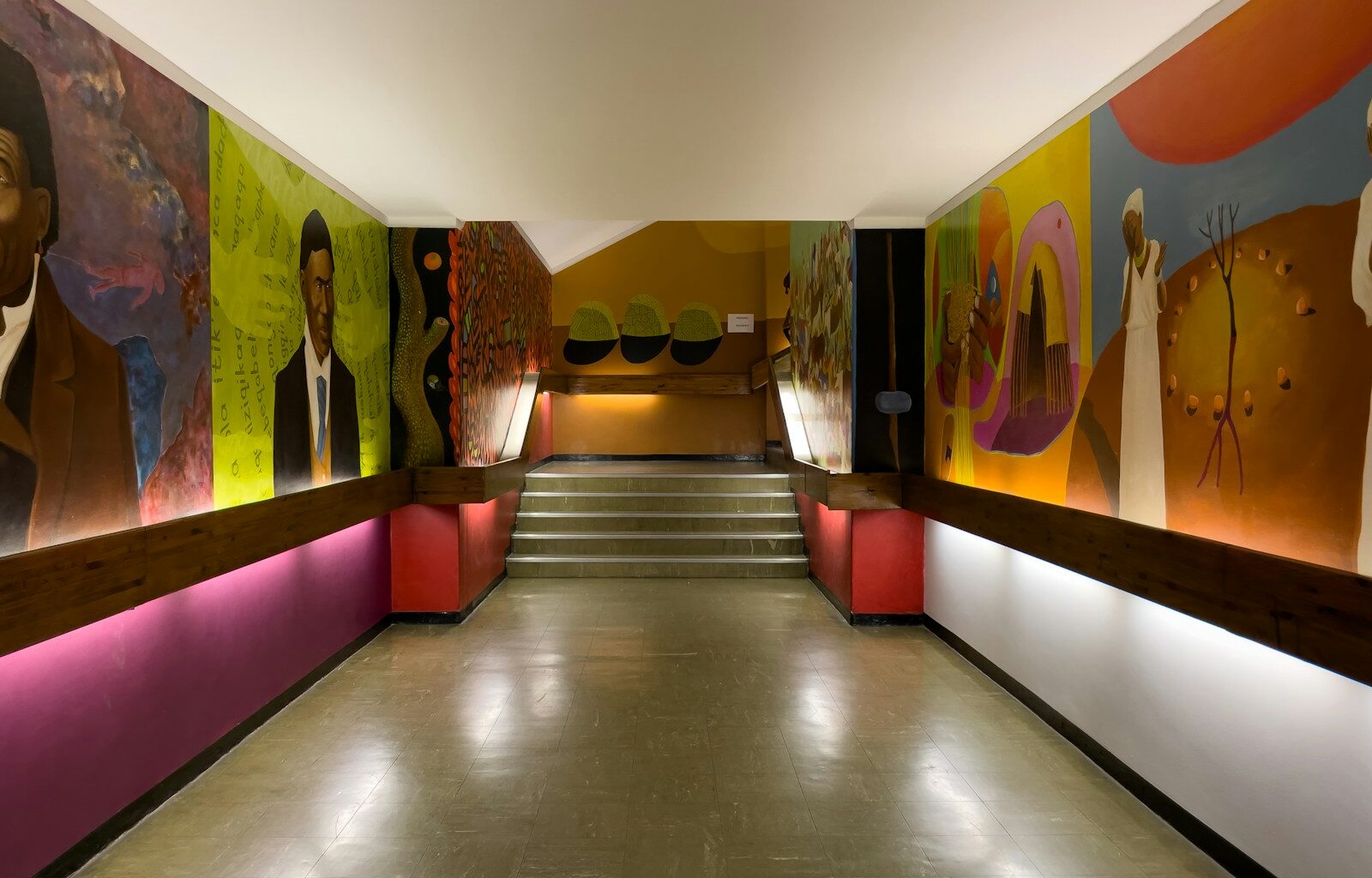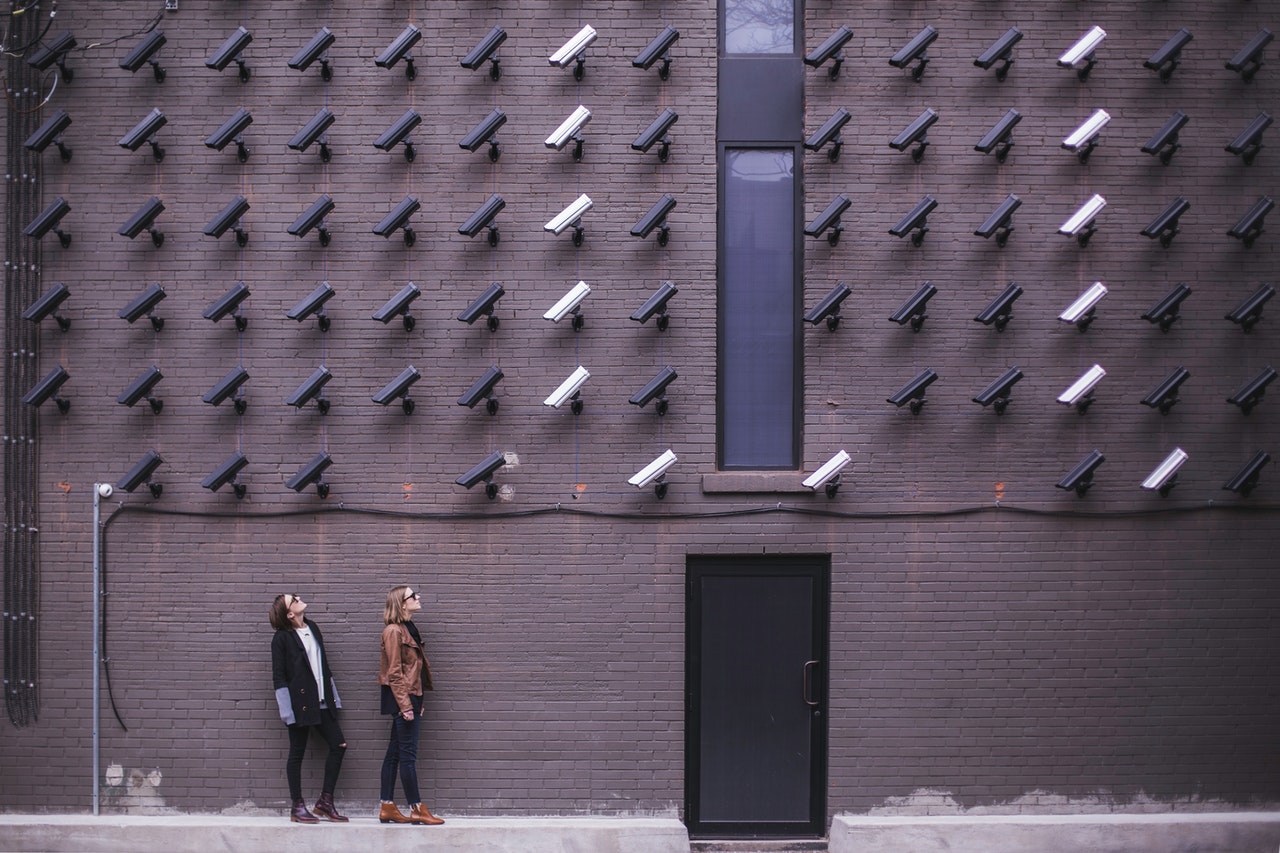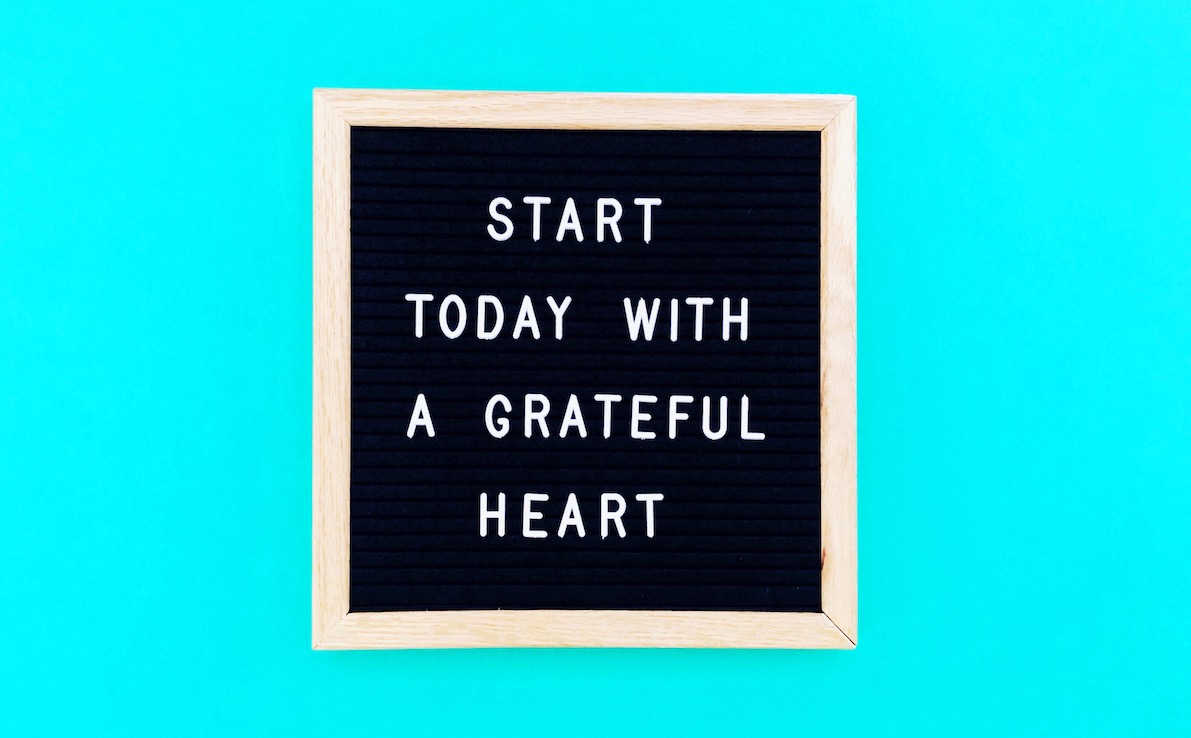Creating professional-looking wall art at home saves 70-80% of retail art costs while adding personal meaning and custom sizing that commercial pieces cannot provide. Interior design studies show that well-executed DIY wall art increases perceived home value by 15% while providing the satisfaction and customization that mass-produced art cannot match.
1. Abstract Painting Techniques for Beginners
1.1 Color Theory and Palette Selection
Choose harmonious color palettes using color wheel relationships—complementary, analogous, or monochromatic schemes that create sophisticated, intentional appearances. Professional palettes typically use 3-5 colors maximum while maintaining consistent saturation levels throughout the composition.
1.2 Texture Creation and Layering Methods
Build visual depth through layering techniques using palette knives, sponges, or textured brushes that create dimension without requiring advanced painting skills. Texture adds professional sophistication while hiding minor technique imperfections that might reveal amateur status.
1.3 Composition and Balance Principles
Apply rule of thirds, focal point creation, and visual weight distribution to create dynamic compositions that draw attention without overwhelming spaces. Strong composition transforms simple techniques into gallery-worthy pieces through thoughtful element arrangement.
1.4 Scale and Proportion Considerations
Size artwork appropriately for intended spaces—large pieces for statement walls, smaller works for intimate areas or gallery walls. Professional proportions typically follow golden ratio principles while considering furniture scale and room dimensions.
2. Photography and Digital Art Projects
2.1 Professional Photography Printing
Transform personal photographs into gallery-quality prints using high-resolution files and professional printing services that rival expensive commercial photography. Quality printing on archival paper creates lasting art while showcasing meaningful personal moments.
2.2 Digital Manipulation and Enhancement
Enhance photographs using free editing software to create artistic effects, color adjustments, or stylistic treatments that transform ordinary photos into striking wall art. Digital tools enable creative expression without traditional artistic training.
2.3 Series Creation and Gallery Walls
Develop cohesive photo series through consistent editing, framing, or subject matter that creates professional gallery wall installations. Series demonstrate artistic vision while providing flexible arrangement options for different spaces.
2.4 Mixed Media Integration
Combine photography with painting, collage, or digital elements to create unique mixed media pieces that showcase creativity and technical skill. Mixed media approaches enable personal expression while creating one-of-a-kind artistic statements.
3. Geometric and Modern Design Approaches
3.1 Precision and Clean Lines
Create modern geometric art using painter’s tape, rulers, and careful measurement to achieve crisp, professional lines that define contemporary design. Precision in execution distinguishes professional-looking geometric art from amateur attempts.
3.2 Minimalist Color Applications
Apply minimalist principles using limited color palettes, negative space, and simple forms that create sophisticated, gallery-worthy pieces. Minimalism requires restraint but produces timelessly elegant art that complements modern interiors.
3.3 Pattern and Repetition Design
Develop engaging patterns through repetition, rhythm, and variation that create visual interest without overwhelming spaces. Professional pattern work demonstrates design understanding while creating dynamic, eye-catching wall installations.
3.4 Three-Dimensional and Sculptural Elements
Add depth through raised elements, shadow boxes, or layered construction that creates sculptural interest beyond flat wall art. Dimensional elements add sophistication while showcasing advanced construction skills and creative problem-solving.
4. Natural and Botanical Art Creation
4.1 Pressed Flower and Plant Preservation
Create lasting botanical art using properly pressed flowers, leaves, or plants arranged in professional compositions and protected with archival materials. Natural specimens provide unique, seasonally inspired art that cannot be replicated commercially.
4.2 Branch and Driftwood Installations
Arrange natural wood elements into sculptural wall installations that bring organic textures indoors while creating conversation pieces. Natural materials provide sustainable art options while adding warmth and texture to modern interiors.
4.3 Living Wall and Vertical Garden Projects
Design living art through vertical gardens, air plant installations, or succulent arrangements that provide changing, living artwork. Living installations require ongoing care but create dynamic, evolving art that improves indoor air quality.
4.4 Nature Photography and Macro Work
Capture natural details through macro photography that reveals hidden beauty in everyday natural elements—flower petals, leaf structures, water droplets. Close-up natural photography creates striking, professional art from accessible subjects.
5. Textile and Fabric Art Techniques
5.1 Fabric Collage and Composition
Create sophisticated fabric art using quality textiles arranged in thoughtful compositions that demonstrate color and texture understanding. Fabric art adds warmth and softness while showcasing textile appreciation and design skills.
5.2 Embroidery and Thread Work
Develop contemporary embroidery pieces that update traditional techniques for modern aesthetics through clean lines, geometric patterns, or abstract designs. Modern embroidery creates unique textures while demonstrating skilled handwork.
5.3 Macrame and Fiber Art
Create sculptural fiber art using macrame, weaving, or knotting techniques that add dimensional texture while showcasing traditional craft skills in contemporary applications. Fiber art provides sustainable options while adding tactile interest.
5.4 Vintage Textile Repurposing
Transform vintage fabrics, scarves, or textiles into framed art that preserves beautiful materials while creating unique wall installations. Repurposed textiles provide sustainable art while celebrating craftsmanship and design history.
6. Professional Presentation and Framing
6.1 Quality Framing and Matting
Invest in professional framing or learn proper DIY framing techniques that present artwork with gallery-quality presentation standards. Quality framing transforms amateur work into professional-appearing art while protecting artistic investments.
6.2 Consistent Style and Coordination
Develop consistent presentation styles through coordinated frames, mats, or mounting techniques that create cohesive installations rather than random collections. Consistency demonstrates design awareness while creating sophisticated room aesthetics.
6.3 Lighting and Display Considerations
Plan appropriate lighting that enhances artwork without causing damage while considering viewing angles and room traffic patterns. Proper lighting transforms good art into spectacular installations while protecting artistic investments.
6.4 Gallery Wall Planning and Installation
Design gallery walls using proper spacing, alignment, and composition principles that create professional museum-quality installations. Plan layouts on floor first, maintain 2-3 inches between pieces, and ensure visual balance through size and color distribution.
7. Advanced Finishing and Professional Details
7.1 Surface Preparation and Quality Materials
Use high-quality canvases, papers, or substrates that provide professional foundations for artistic work while ensuring longevity and archival quality. Quality materials significantly impact final appearance and distinguish amateur from professional results.
7.2 Protective Coatings and Preservation
Apply appropriate protective finishes—varnishes for paintings, UV-resistant glass for prints—that preserve artwork while maintaining optimal appearance. Professional preservation ensures long-term beauty while protecting artistic investments.
7.3 Documentation and Provenance
Create documentation including creation dates, materials used, and inspiration sources that add professional legitimacy while preserving artistic history. Proper documentation increases perceived value while supporting artistic development records.
7.4 Signature and Branding Considerations
Sign completed works appropriately and develop consistent artistic identity through style, presentation, or marking systems that establish personal artistic brand. Professional presentation builds confidence while creating cohesive artistic collections.
Conclusion
Creating professional-looking DIY wall art requires attention to design principles, quality materials, and proper presentation rather than advanced artistic training or expensive supplies. Focus on strong composition, consistent color palettes, and quality framing to elevate simple techniques into sophisticated art pieces. Start with techniques that match your skill level while gradually building complexity as confidence grows. The key to professional appearance lies in thoughtful planning, careful execution, and proper presentation rather than complex artistic techniques. Your DIY wall art can rival gallery pieces while providing personal satisfaction, cost savings, and perfect customization for your specific space and style preferences.












